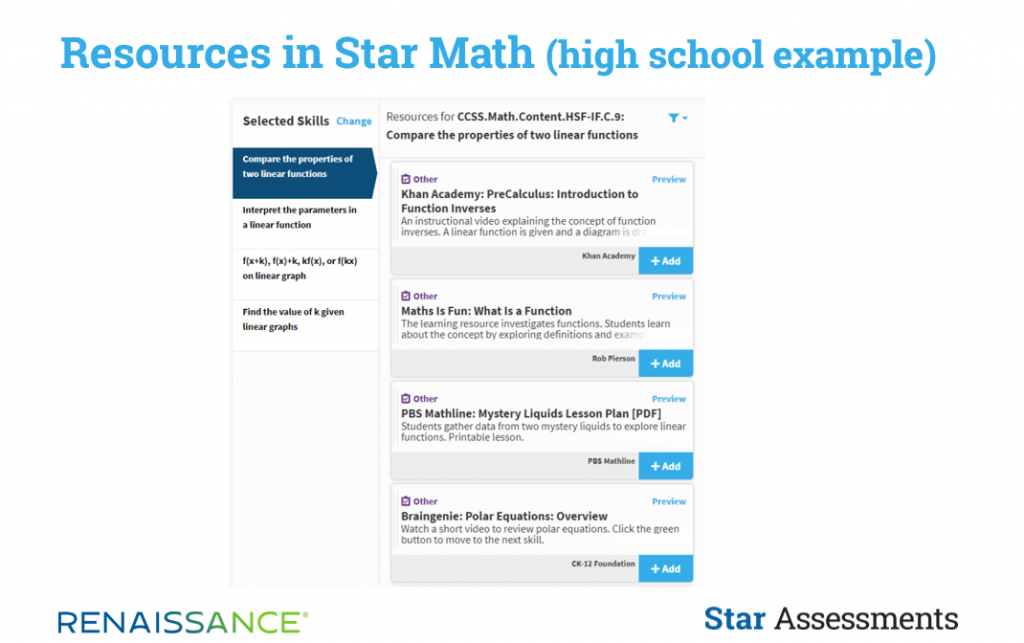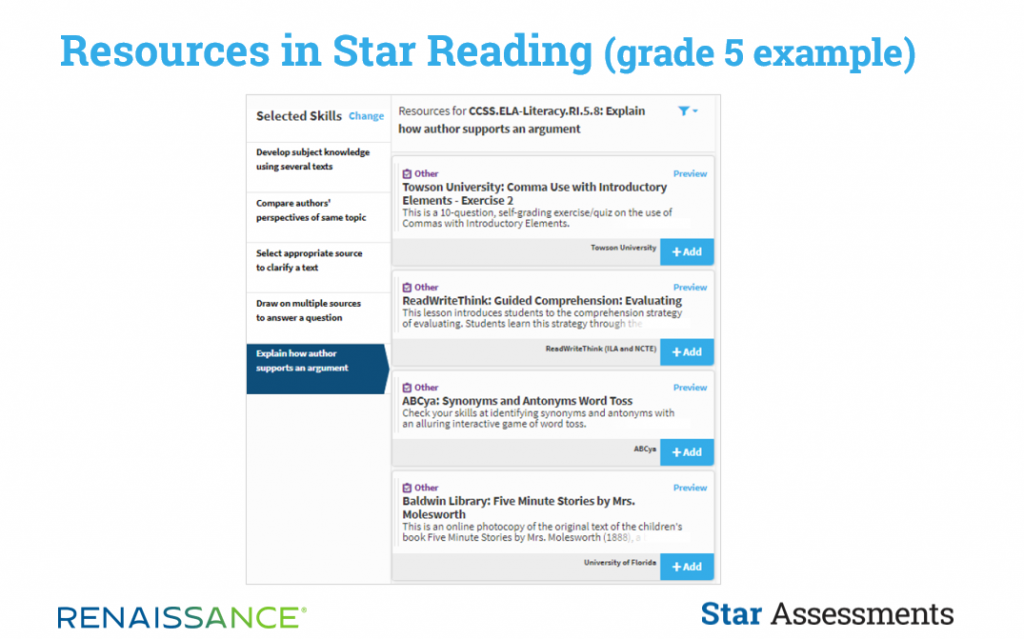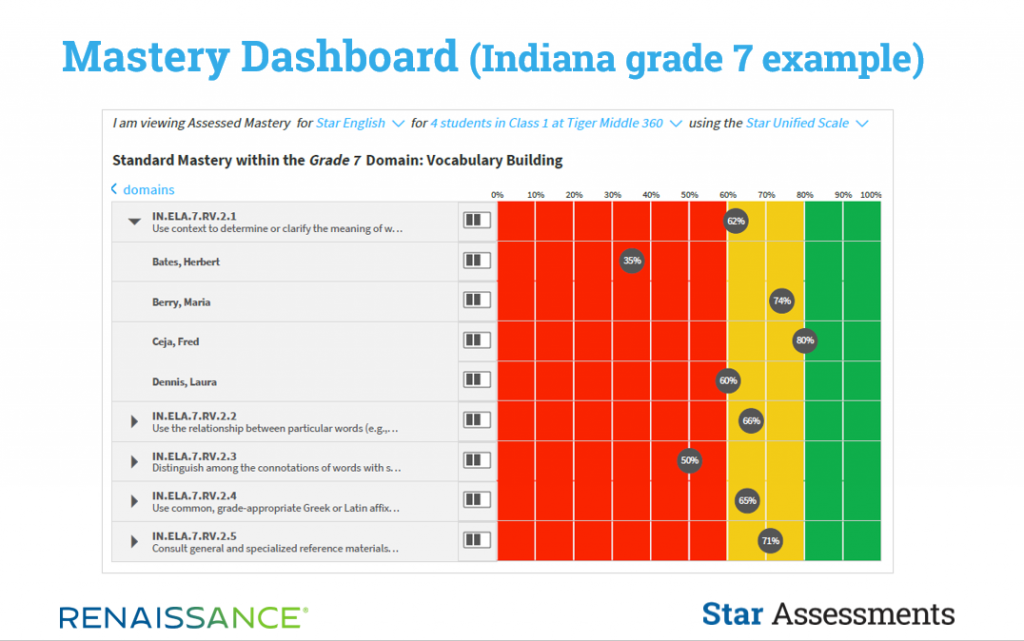July 9, 2021
Unless you’ve lived through the highly scheduled and regimented days of teaching, you cannot understand how nonstop the work is. It’s like walking on a treadmill with no “Stop” button. Because of this, teachers know that the term “planning period” is a misnomer. The name implies that instructional planning will be done at this time, but my planning periods were spent making photocopies, answering email, and returning phone calls. Like most teachers, my planning occurred before and after school, at night, and on the weekends.
Yet, in stolen moments, I was constantly searching for new and better resources to support my lessons.
This dynamic has profound implications for what teachers are able to accomplish with and for their students. For all the talk of personalized learning and differentiation, there are only so many hours in the day. Teachers are caught between doing the greatest good for the greatest number of students and maintaining a work-life balance that is remotely reasonable. Constant tension exists between what students need and what teachers can realistically support.
Over the past 10 years, Renaissance has been working to address this constant pressure by assembling a comprehensive collection of educational resources within our Star Assessments suite. This library of resources now numbers more than 80,000. We want to make sure that Star users know this library exists and that it offers significant advantages over the content you might find elsewhere. A better understanding of these resources can save valuable time and greatly support teachers in meeting the wide range of instructional needs that exist in every classroom—needs that have only been heightened by the COVID-related disruptions.
Resources to connect assessment and instruction
So, what’s available? The educational resources in Star take two forms. First, there are instructional resources, such as videos, lesson plans, online interactives, and other activities designed to support the teaching of specific reading and math skills. Second, there are assessment resources, such as multiple-choice questions, open-ended/Depth of Knowledge questions, and performance tasks designed to assess students’ level of understanding of these skills.
These resources come from both Renaissance and a wide variety of third-party providers. For example, every Khan Academy math video has been indexed against the skills in Star’s learning progression, meaning that if there is a Khan Academy video that you could use to teach a skill that is within range for your students, you’ll see the link to that video. Other popular third-party resource providers include:
While many of these resources would also be available to teachers if they went directly to the various provider websites, working in Star offers several advantages:
- A single sign-on (SSO) experience, meaning that once you’re logged in to Star, you will not need to create accounts for the individual provider sites or remember multiple passwords. Instead, you’ll see resources from multiple providers within the Star Assessments Planner.
- Direct alignment between suggested resources and the skills your students are ready to learn, meaning that you do not need to browse through multiple webpages and topics looking for appropriate resources.
- A detailed certification process, meaning that all resources are reviewed for quality, rigor, classroom appropriateness, and standards alignment before they’re made available in Star—and are then regularly re-reviewed as well.
What makes Star’s resource collection so unique?
While several other assessment companies also pair educational resources with their interim tests and could claim an experience similar to what I’ve outlined above, there are key aspects of Renaissance’s approach that are truly unique.
First of all, the scale of the resources available to teachers in Star is vast, and offers the variety and depth to support teachers in a way that other assessment companies cannot. This large collection of resources includes multiple options for each skill, helping you to personalize learning based on your students’ specific needs. This is a strong contrast with other companies, some of whom offer no more than one or two resources per skill. Such sparse offerings cannot possibly meet the wide array of student needs that exist—even in a normal, “non-COVID” school year.

Second, the ecosystem of resources available in Star is “open,” meaning that the resources come from both Renaissance and a wide variety of other providers. While some companies restrict you to only their resources or have an onerous connection process for third-party providers, we believe that students learn better when we all work together. This includes us working with other companies.
We do not charge providers to connect to the Star ecosystem, and we work to make the process as easy as possible for them. The result of this is reflected in the sheer number of resources now available in Star—the largest and most diverse in the industry. We contend that the wide variety of needs present within the pre-K–12 student population exceeds the resources of any one company to fully address. If these varied needs are to be met, companies must work together.

Third, our strong beliefs about the role of teachers and what constitutes quality education are reflected in how resources are matched with students. At Renaissance, we keep the teacher central to the process, and teachers—not algorithms—decide which resources students will use. Why so? Technology is exceedingly capable of indexing resources to specific standards and skills. Technology is less capable of identifying which resources are most appropriate for individual students. Teaching is part science and part art, and teachers will always know things about their students that no assessment can measure and no algorithm can account for.
In contrast, one widely used product auto-assigns instructional resources to students based solely on the scaled score achieved on the assessment. This means, for example, that if a high performing second-grader and a struggling seventh-grader receive the same scaled score, they’ll be auto-assigned the same activity—despite the significant developmental differences between a student in grade 2 and a student in grade 7. This vendor claims to support personalized learning—but how is learning personalized when students are not considered personally?
At first glance, auto-assignment might appear beneficial, especially when students in the same classroom are working at very different levels. But there is a significant downside. Teachers are not involved in and do not inform the assignment process. What they know about the student is not factored into the assignment algorithm. Is this really “personalized” learning?
With Star, teachers select the resources that will be used with individual students and groups—and this is by design. We believe that teachers are more critical than algorithms for accelerating learning, and that technology is at its best when it supports teachers, rather than trying to replace them.
This bring us to a fourth and final point. Teachers can decide to assign select resources to students within Star. This means there’s no need to spend a planning period printing worksheets and making photocopies because the resources can, with a click, become digital assignments. When the resources are assigned through Star, anything that can be machine scored is, and the results from each activity are reported back, providing a more detailed view of student achievement, as shown below.

Focus Skills + Resources = A powerful combination for addressing learning loss
In Star, you’ll find resources for nearly every reading and math skill in your state-specific learning progression, including for Focus Skills. Focus Skills are the skills considered most essential at each grade level—the skills that students must master in order to progress. Focus Skills are important every school year but will be critical in 2021–2022, as schools work to reverse the academic impacts of the COVID-19 pandemic.
Last fall, as we all worked to quickly adapt to new learning models, Education Week summarized the recommendations of various education agencies and think-tanks in an infographic titled “Deciding What to Teach? Here’s How.” The resources in Star and the guidance provided by Focus Skills will help you to make this model come alive and to accelerate learning in the new school year:
Step 1: Prioritize the most important grade-level standards. Focus Skills are aligned to your state’s standards of learning, showing you “the most important work of the grade.” You can use the aligned educational resources within Star for each Focus Skill to support and enhance instruction.
Step 2: Begin with grade-level content—but be aware of important prerequisites. Consult the Focus Skills from prior grade levels to see “prerequisite skills or understandings that students need to succeed.” Within the Star Assessments Planner, you can see detailed information about each skill, including its prerequisites.
Step 3: Determine whether students have mastered these prerequisites. Remember that there are assessment resources for each Focus Skill within Star, such as multiple-choice items, constructed-response items, and performance tasks.
Step 4: If needed, provide “just-in-time” support on missing prerequisite skills. Star’s curated instructional resources—videos, lesson plans, interactive activities, and more—provide a variety of options to support you in reviewing or reteaching specific skills.
Step 5: Re-assess students’ understanding of these prerequisites. Again, Star’s assessment resources are aligned with individual Focus Skills, eliminating the need to create one-off assessments or perform lengthy internet searches.
Step 6: Repeat this process as needed. Once students have mastered both the necessary prerequisites and the grade-level standard, you’re ready to move on. Repeat steps 2–5 as you work on the next standard in your list of priorities.

See where to find instructional resources in Star Assessments
Acceleration, not remediation
The instructional model described above aligns with recent recommendations from the US Department of Education, as well as much of the current dialogue about the new school year. In fact, there’s widespread agreement that “accelerating learning” will be the most productive approach for helping students who struggle. A recent report from TNTP sums it up, using the title “Accelerate, Don’t Remediate.” Unlike our historical “remediation” approach, where a fourth-grade teacher, for example, might focus on third-grade skills with struggling students, “in this approach, the fourth-grade teacher starts with fourth-grade content, and strategically builds in key third-grade concepts when students might need them to master the grade-level work.”
The skills that students need to learn are addressed, but the main reference point—the guiding star—remains grade-level content. The phrase “just-in-time” is often used when describing this model, as in “just-in-time teaching” or “just-in-time review.” As the TNTP report explains, the benefit of this “acceleration” or “grade-level” focus is that it “ensures students spend more time on the work of their grade—the key to ultimately catching up.” During the 2021–2022 school year, Focus Skills and the educational resources in Star will be powerful tools for helping students to catch up—and for maximizing the impact of your instruction.
Learn more
Are you up-to-speed on everything that Star Assessments have to offer? Learn more about Star curriculum-based measures, Star Assessments in Spanish, and other features that will help you to accelerate student learning this year.


